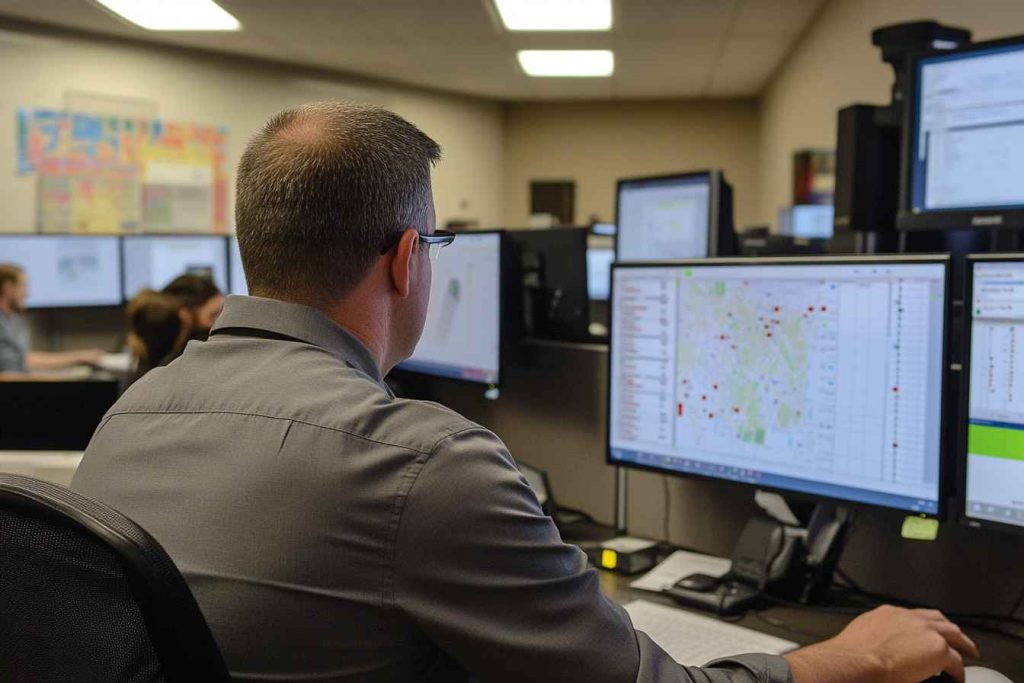In the dynamic landscape of the workplace, challenges are inevitable. Among these, crises and conflicts stand out as significant disruptors.
While they may seem similar, crisis management and conflict management are distinct disciplines, each requiring unique approaches.
This guide delves into their differences, providing clarity and actionable insights for effective handling.
What is Conflict Management?
Conflict management involves addressing disagreements or disputes between individuals or groups within an organization. These conflicts often stem from differences in opinions, values, or interests.
Effective conflict management aims to resolve issues constructively, fostering a collaborative environment.
Key Characteristics:
- Origin: Interpersonal or interdepartmental disagreements.
- Impact: Can affect team cohesion and productivity.
- Resolution: Through negotiation, mediation, or collaborative problem-solving.
What is Crisis Management?
Crisis management pertains to the strategies employed to deal with unexpected, high-impact events that threaten an organization’s operations, reputation, or stakeholders.
These events can range from natural disasters to cyber-attacks. The primary goal is to mitigate damage and ensure swift recovery.
Key Characteristics:
- Origin: External or internal unforeseen events.
- Impact: Significant disruption to operations and potential reputational harm.
- Resolution: Through predefined emergency plans, rapid response, and communication strategies.
Comparing Conflict and Crisis Management
| Aspect | Conflict Management | Crisis Management |
| Nature | Interpersonal or organizational disputes | Sudden, high-impact events |
| Predictability | Often foreseeable | Typically unpredictable |
| Duration | Can be ongoing | Usually time-sensitive |
| Resolution Approach | Negotiation, mediation, collaboration | Emergency response plans, swift decision-making |
| Outcome Focus | Restoring relationships and team dynamics | Minimizing damage and restoring operations |
Why the Distinction Matters
Understanding the difference between conflict and crisis management is crucial for organizations to allocate resources appropriately and train personnel effectively.
While conflicts require skills in negotiation and empathy, crises demand quick decision-making and clear communication.
Integrating Both Management Strategies
Organizations should develop comprehensive strategies that encompass both conflict and crisis management:
- Training Programs: Equip employees with skills to handle interpersonal conflicts and respond to emergencies.
- Communication Plans: Establish clear protocols for internal and external communication during disputes and crises.
- Regular Assessments: Conduct simulations and reviews to ensure preparedness for both scenarios.
❓Frequently Asked Questions (FAQ)
1. What is the main difference between conflict management and crisis management?
Great question.
Conflict management deals with people problems—like disagreements between employees or departments.
Crisis management handles event problems—like a cyberattack, a public scandal, or a natural disaster.
Both require leadership, but the tools and response times are totally different.
2. Can a conflict turn into a crisis?
Yes, absolutely.
For example, if a workplace conflict is ignored and escalates into a harassment lawsuit or public scandal, it can evolve into a full-blown organizational crisis. That’s why addressing conflicts early is so important—it prevents small sparks from becoming wildfires.
3. Which skill set is more important for managers: conflict or crisis management?
Ideally, both. But if we had to prioritize:
- For day-to-day leadership, conflict management is essential.
- For executive leadership and HR, crisis readiness is a must.
The best leaders are equipped to calm tension in a meeting and command clarity in a crisis.
4. What are some examples of conflict and crisis in the workplace?
Here’s a quick breakdown:
| Conflict Example | Crisis Example |
| Two employees arguing over workload | Company data breach |
| Departmental misalignment on goals | Factory fire shuts down operations |
| A manager’s feedback style upsetting team morale | Product recall hits national media |
👉 Explore real examples here: Crisis Management Skills Examples
5. How should companies prepare for both conflict and crisis situations?
Preparation is key. Here’s how:
- Develop a Conflict Resolution Policy (mediation process, manager training, etc.)
- Build a Crisis Management Plan (who responds, how to communicate, what to prioritize)
- Conduct regular simulations for both scenarios
- Train leaders in both soft skills (like emotional intelligence) and technical response protocols
6. Are conflict and crisis management ever handled by the same team?
Yes—but with different hats on.
In smaller companies, HR might manage both. In larger organizations, there’s often a Crisis Response Team (legal, PR, operations) and a separate Employee Relations or HR team focused on conflicts. The key is collaboration.
Conclusion
While conflict and crisis management address different challenges, both are integral to organizational resilience.
By recognizing their distinctions and preparing accordingly, organizations can navigate disruptions more effectively, maintaining stability and fostering a positive work environment.
